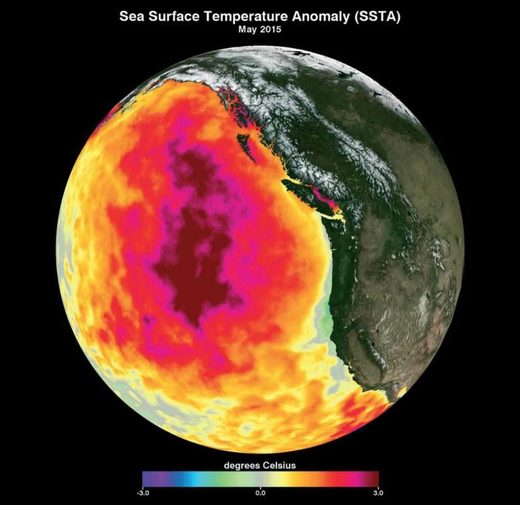
The blob - which at its peak covered roughly 9 million square kilometres (3.5 million square miles) from Mexico to Alaska - was assumed to be mainly messing with conditions in the ocean, but a new study has shown that it had a lasting affect on air quality too.
"Ultimately, it all links back to the blob, which was the most unusual meteorological event we've had in decades," says one of the team, Dan Jaffe from the University of Washington Bothell.
The blob of warm water in the Pacific was first detected back in 2013, and it continued to spread throughout 2014 and 2015. While it was less obvious in 2016, there were some indications that it persisted well into last year too.
The vast, warm patch has been linked to several mass die-offs in the ocean during 2015, including thousands of California sea lions starving to death in waters more than 3 degrees Celsius (5 degrees Farenheit) above average, and an "unprecedented" mass death of seabirds in the Western US.
In April 2015, the effects could also be seen on land, with a bout of strange weather in the US being linked to the higher ocean temperatures, and the increased temperatures saw a massive toxic algal bloom stretch along the entire US West Coast.
"I can't truly give an explanation of what is going on right now," marine ecologist Jaime Jahncke from conservation group, Point Blue, said in late 2015.
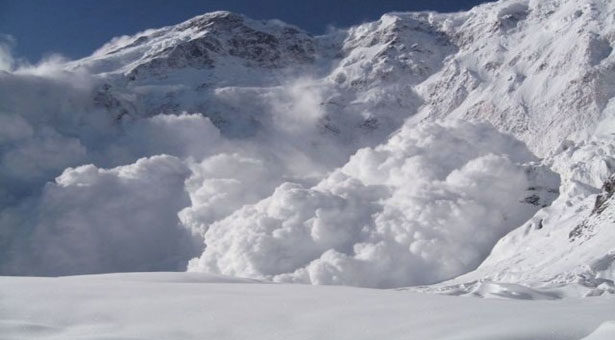
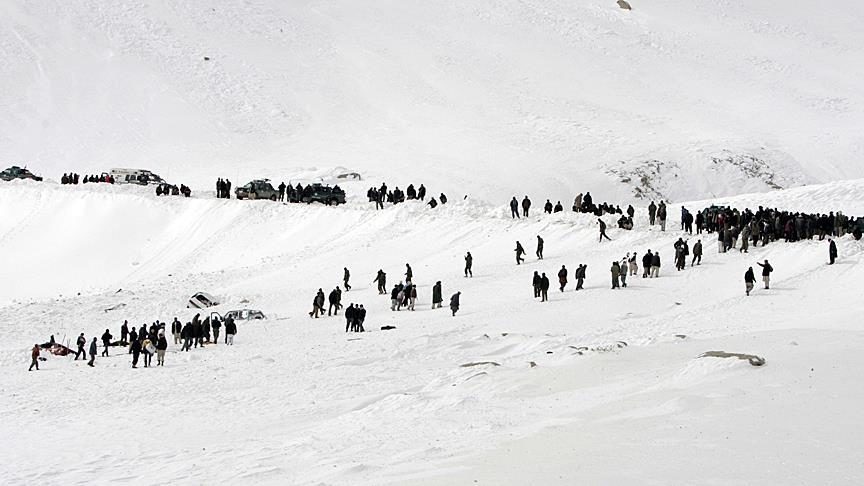

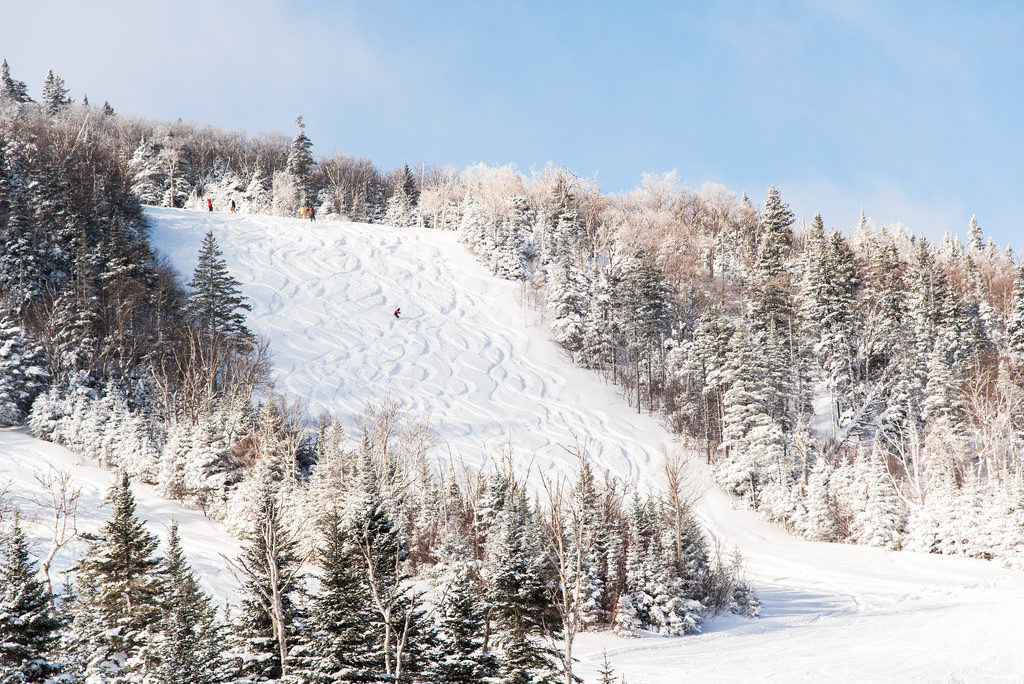
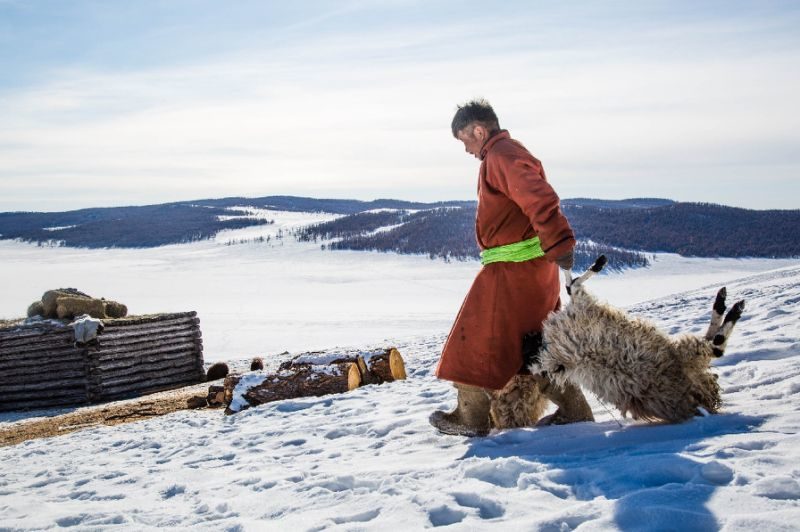
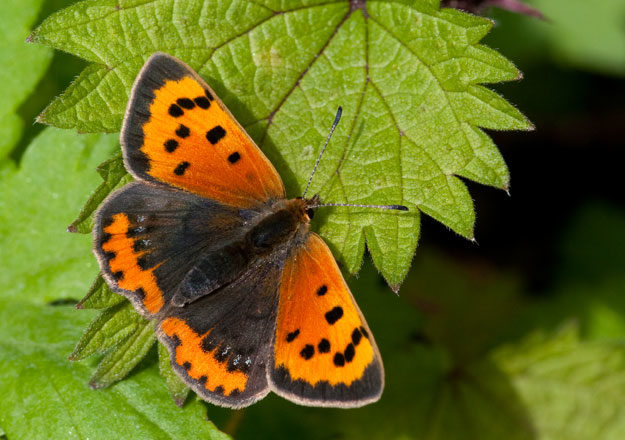
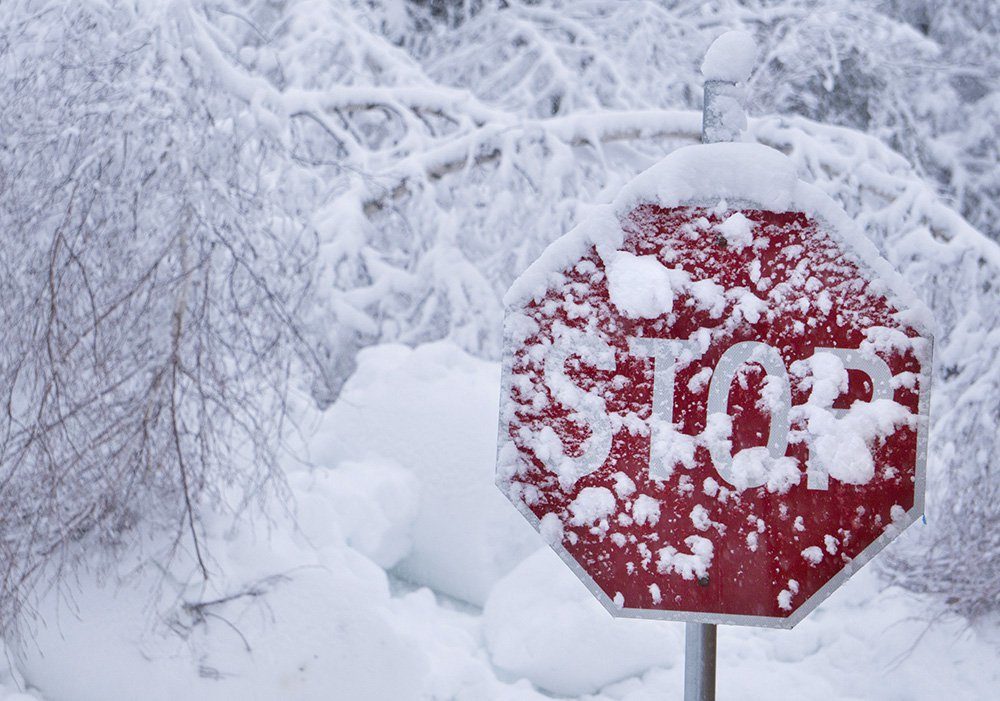
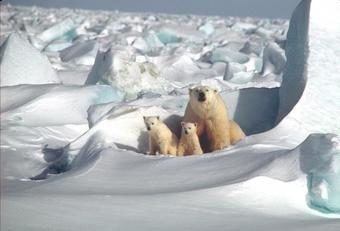




Comment: See also: